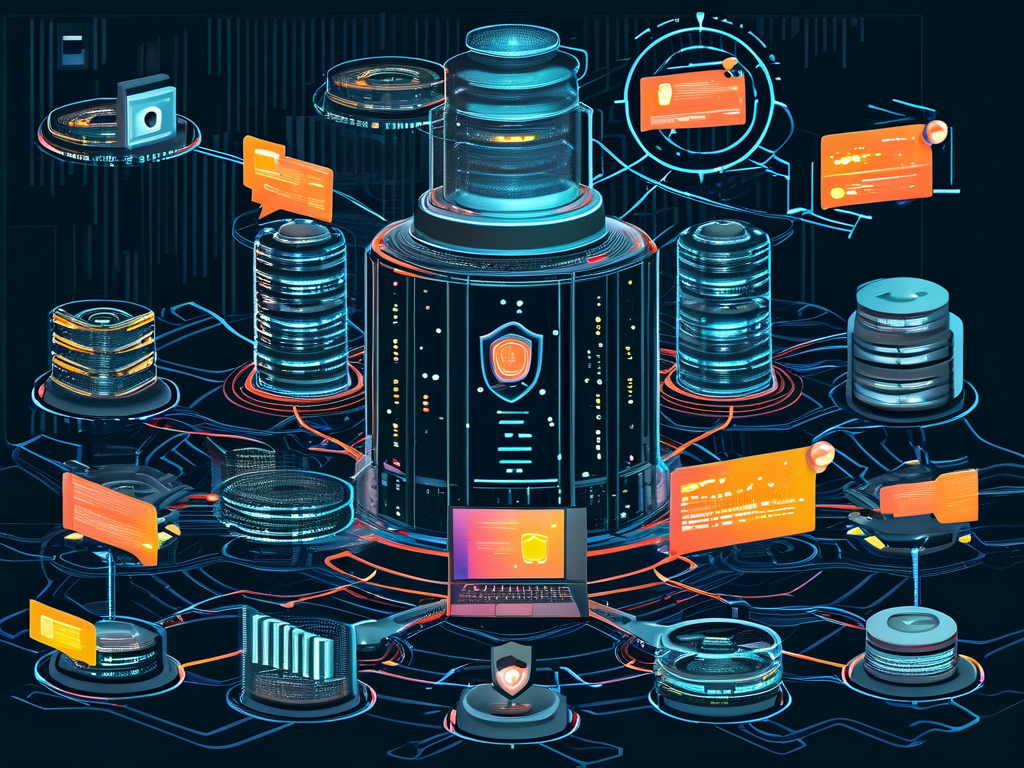As digital transformation accelerates, distributed architectures have become a cornerstone of modern cybersecurity strategies. Unlike traditional centralized systems, distributed cybersecurity frameworks leverage decentralized nodes to enhance resilience, scalability, and threat mitigation. This article explores the core components of these architectures and their role in addressing evolving cyber threats.
Core Components of Distributed Cybersecurity Architectures
- Decentralized Nodes: Distributed systems rely on interconnected nodes that operate independently. Each node processes data locally, reducing single points of failure. For example, blockchain-based security solutions use peer-to-peer networks to validate transactions without a central authority.
- Edge Computing Integration: By processing data closer to its source, edge computing minimizes latency and exposure to wide-area network vulnerabilities. Security protocols at the edge often include real-time anomaly detection.
- Automated Threat Intelligence Sharing: Distributed systems enable cross-node communication for threat data aggregation. Platforms like MISP (Malware Information Sharing Platform) allow organizations to exchange indicators of compromise (IoCs) securely.
- Immutable Logging Systems: Technologies such as append-only databases ensure audit trails cannot be altered retroactively, critical for forensic analysis.
# Example of a simple blockchain-based integrity check
import hashlib
class Block:
def __init__(self, data, previous_hash):
self.data = data
self.previous_hash = previous_hash
self.hash = self.calculate_hash()
def calculate_hash(self):
return hashlib.sha256(f"{self.data}{self.previous_hash}".encode()).hexdigest()
Security Challenges and Mitigations
While distributed architectures reduce reliance on central hubs, they introduce unique risks. Coordinated attacks targeting multiple nodes, such as DDoS campaigns, require dynamic load balancing and AI-driven traffic analysis. Zero-trust principles are increasingly adopted, where no node is inherently trusted.
A 2023 study by Gartner highlighted that 45% of enterprises experienced API-related breaches in distributed environments, underscoring the need for robust authentication mechanisms. OAuth 2.0 and mutual TLS (mTLS) are widely implemented to secure inter-node communications.

Case Study: Financial Sector Adoption
Major banks have migrated to distributed cybersecurity models to combat transaction fraud. JPMorgan Chase’s "Cryptographic Consensus Network" uses federated learning to detect anomalies across branches without sharing raw data, reducing privacy risks.

Future Trends
Quantum-resistant encryption and homomorphic encryption are gaining traction to address future threats. Additionally, regulatory frameworks like GDPR and CCPA are pushing for decentralized data governance models to enhance user privacy.
In , distributed cybersecurity architectures represent a paradigm shift in threat management. By combining decentralization with advanced encryption and real-time analytics, organizations can build adaptive defenses against increasingly sophisticated cyberattacks.









